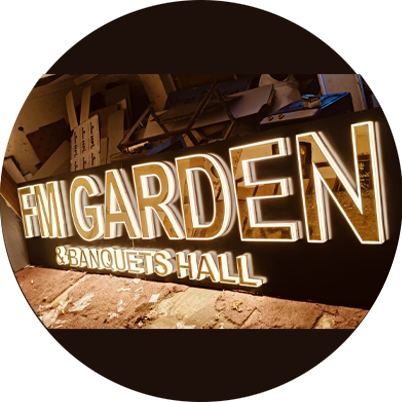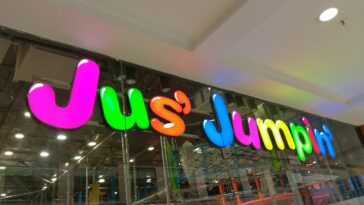When it comes to setting up a new business, one of the first things you’ll need to consider is your Sign board cost. Your signboard is a crucial element in attracting customers and establishing your brand identity, so it’s important to understand what goes into the price of creating one. The sign board cost can vary significantly depending on several factors, including materials, design, size, and installation. In this blog post, we will break down the main factors that influence sign board cost, helping you make an informed decision when budgeting for your business’s signage needs.
1. Material Selection
One of the most significant factors affecting sign board cost is the material used. Different materials come with different price tags, so choosing the right one is key to both your budget and the overall aesthetic of your sign. Here are some common materials and their associated costs:
- Acrylic: Acrylic signboards are popular because of their sleek, modern appearance. They are lightweight, durable, and available in a range of colors. Acrylic boards tend to be on the higher end of the price spectrum.
- Wood: Wooden signboards provide a rustic, elegant look, ideal for boutique shops and restaurants. While wood can be relatively affordable, the cost can rise depending on the type of wood used and any intricate carvings or designs.
- PVC: PVC boards are a more cost-effective option and are perfect for temporary signage. These boards are durable, lightweight, and versatile but may not offer the same premium look as other materials.
- Metal: Metal signboards, especially those made from aluminum, are strong, weather-resistant, and long-lasting. They are often more expensive than PVC or acrylic but are ideal for outdoor signage that needs to withstand the elements.
2. Size of the Sign Board
The size of your signboard directly impacts the sign board cost. Larger signs require more materials, labor, and time to produce, which naturally increases the overall cost. A small sign for a local boutique will be significantly less expensive than a large storefront sign or an illuminated billboard. Keep in mind the scale of your business and the visibility you want to achieve when determining the size of your signboard.
For example, if you’re setting up a street-facing shop, a larger sign may be necessary to ensure it catches the attention of pedestrians and drivers. On the other hand, if you’re in a shopping center with shared visibility, a smaller sign may suffice.
3. Design Complexity
The complexity of the design will also influence sign board cost. Simple, text-based signs with minimal artwork will generally cost less, while intricate designs with custom logos, graphics, or 3D elements will drive up the price. The more elaborate the design, the more time and effort it takes to produce, which increases the labor and production costs.
If you’re looking to create a unique, custom look for your signboard, expect to pay more for graphic design services. On the other hand, if you have a pre-designed logo or template that you can use, you may be able to cut down on design costs.
4. Lighting Options
If you’re considering illuminated signage, whether it’s for day-and-night visibility or for creating a bold statement, the sign board cost will be higher. LED lights, neon lights, or backlit acrylic signage are all popular options for businesses that want to stand out, especially in low-light environments.
However, adding lighting to your signboard requires additional materials, wiring, and installation, which adds to the overall cost. Be sure to consider both the installation and ongoing electricity costs when opting for illuminated signs.
5. Installation Costs
While the price of materials and design are crucial factors, the installation of the sign is also an important consideration when estimating sign board cost. The complexity of installation can vary depending on the location, the size of the sign, and whether it’s being mounted on a building, a pole, or inside a store.
For example, a simple sign installed on a wall can be done relatively easily, but larger, more complex signs may require professional installation to ensure they are secure and properly mounted. For businesses located in hard-to-reach areas or on multi-story buildings, installation costs could be higher due to the need for ladders, scaffolding, or specialized equipment.
6. Additional Features
Other optional features, such as digital displays, rotating signboards, or touch-screen interactive signage, can increase the sign board cost significantly. Digital signage offers dynamic content updates, making it ideal for businesses that want to display changing messages or promotions. However, digital boards are often the most expensive option, both in terms of initial investment and maintenance.
Conclusion
In conclusion, understanding sign board cost involves more than just the initial price tag. You need to consider factors like materials, size, design complexity, and installation requirements, as all of these contribute to the final cost. By taking the time to evaluate your needs and budget, you can make an informed decision and choose the right sign for your business.
If you’re looking for an estimate of sign board cost and want to explore various options for your business, check out Sign board cost. There, you’ll find a range of solutions tailored to your specific requirements, helping you create a sign that perfectly suits your brand while staying within your budget.




 No products in the cart.
No products in the cart.